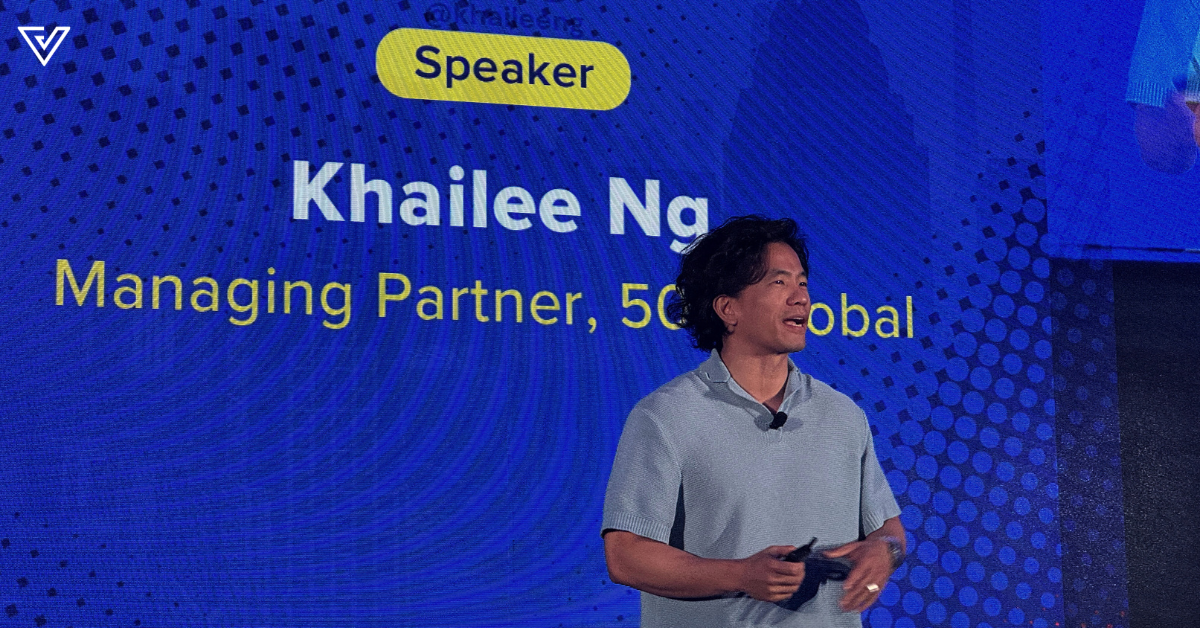Yesterday, William Bao Bean from SOSV moderated a digital banking forum that took place at Wild Digital SEA’s 2020 conference.
It was joined by panelists who were experts in the fintech industry themselves:
- Eduard Fabian, CTO and VP of Razer Fintech
- Pauline Wray, Global Lead, BCG Fintech Control Tower, Boston Consulting Group
- Sheyantha Abeykoon, Executive Director, Aspirasi, Axiata Digital
It’s Not About Challenges, But Partnerships
First off, what is digital banking?
Pauline defined it as the fintechs who are challenging traditional banking from 2 main categories:
- Challengers who hold a bank license like UK fintech company Monzos;
- And neobanks, which have a partnership with a bank or hold a quasi-license that allows them to keep deposits like Wealthfront.
Over the last 10 years there’s been a lot of investment into fintech and traditional banking challengers.
Traditional financial institutions reported that their global market value has shrunk from 100% down to 80%.
The rest of the 20% have been taken over by booming fintechs and incumbent challengers.
Dictionary time: An incumbent in business most commonly refers to a leader in the industry. A company may, for instance, possess the largest market share or may have additional sway within the industry.
Investopedia
However, from what Sheyantha can see on the ground, most fintechs in SEA aren’t challenging the traditional banking industry.
They’re focusing their services on consumers and businesses.
This is because markets in SEA have a large unbanked and underbanked population, both on the consumer and SME fronts.
For instance, markets in India and Malaysia are 85% unbanked, with 40% being underbanked.
Dictionary time: Unbanked persons generally pay for things in cash or prepaid debit cards.
Underbanked are individuals who have a bank account but rely on alternatives like short-term borrowing instead of credit cards to manage their finances and purchases.
Investopedia / Investopedia
Hence, these challengers aren’t trying to crowd an already crowded space in the banking segment, but to cater to customers and small businesses at the bottom of the pyramid.
Cater To Youth, Millennials & Startup Funding
Eduard suggested that fintechs should target youth and millennials who want to take in digital banking solutions as part of their lifestyles.
This was because young graduates entering the workforce generally don’t want to take up jobs in large companies.
Instead, they’re more keen on starting their own businesses and will eventually look into opening bank accounts for their startups.
So we should look at it differently and serve them from a personal or a startup banking point of view. There are many synergies as well and we can offer them services which they cannot get from incumbents.
Eduard Fabian, CTO and VP of Razer Fintech
SMEs In SEA Are Leading In Digital Banking Adoption
Pauline shared that the digital banking scene in SEA has already been thriving by leveraging on digital banking access to customers and SMEs.
Particularly in the sectors of retail, telecommunications, e-commerce, ridesharing, online media, and financial services.
She further highlighted that by 2030, SEA from a GDP perspective will be the largest in the world.
From a population perspective, it will become the 4th largest after China, India, and Europe.
For example, the online bank population in the Philippines and Vietnam is already at a 65% adoption rate.
“We’re going after cash and moving it to digital. So that’s really where fintech companies should go after and target the underserved like the youth population,” she said.
Don’t Compete Against Alibaba’s World Domination
Before they ended their discussion, William posed a final question on how they plan to compete or coexist with a competitor like Alibaba, who intends to become the largest financial service platform in the world.
Razer Fintech had no intentions on such goals yet, according to Eduard.
He further explained that there’s a niche for every consumer out there, where fintech companies could personalise their services to cater to them.
“I think the other parties are not competing with the incumbents, but partnering with them and really building an ecosystem as this is where customers will gain value,” he said.
Sheyantha expressed, “It’s not as easy to spread your wings across a large expense of markets very quickly as other kinds of digital industries.”
When building a large fintech brand across all markets, regulators have to be market-specific and take market context into account.
He shared that taking a more modest approach into local contexts is extremely important when it comes to licensing and partnerships.
William then ended the session sharing that COVID-19 has sparked an amazing development.
He shared that Alibaba’s platform took a long time to reach 2 million users, but has reached 20 million users in the last 5 months of the pandemic.
“It’s a massive acceleration and adoption towards digital banking especially around financial services and payment as nobody wants to touch dirty cash,” he said.
It’s surely a very exciting time to watch the acceleration and adoption to digital banking and online payments across SEA in the future.
- You can learn more about Wild Digital here.
- You can read more on what we’ve written about Wild Digital SEA here.
Featured Image Credit: Eduard Fabian, CTO and VP of Razer Fintech, on LinkedIn









